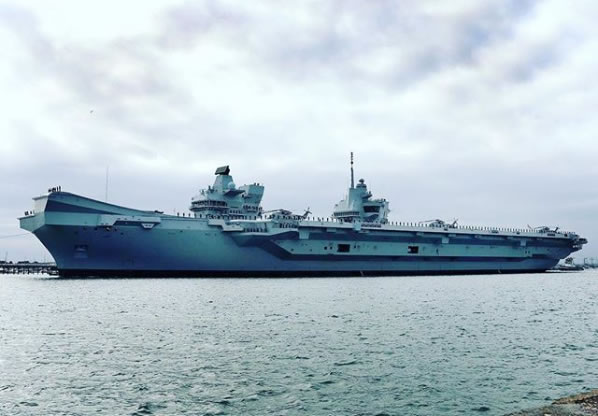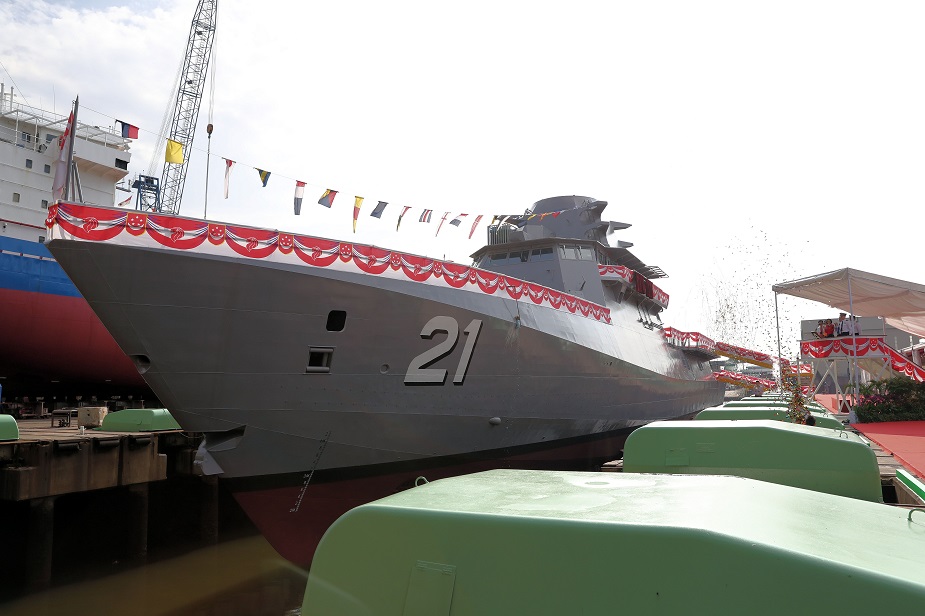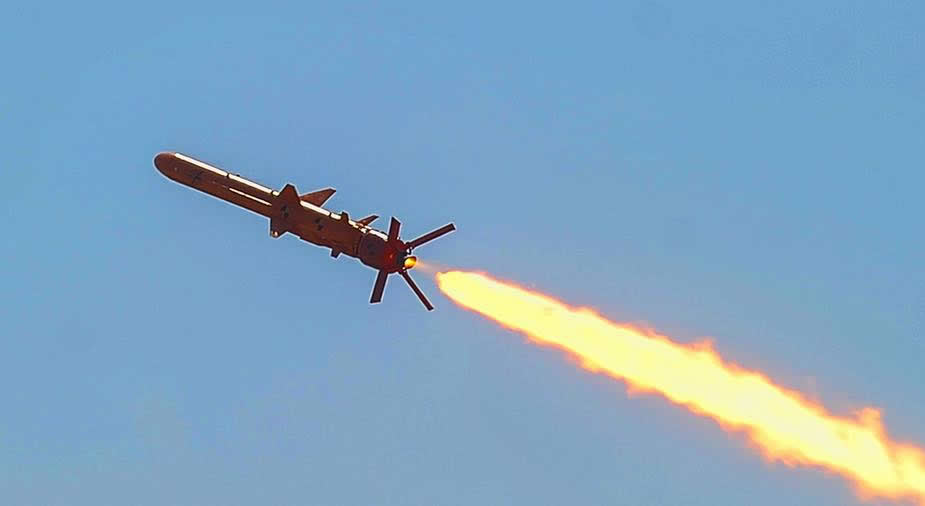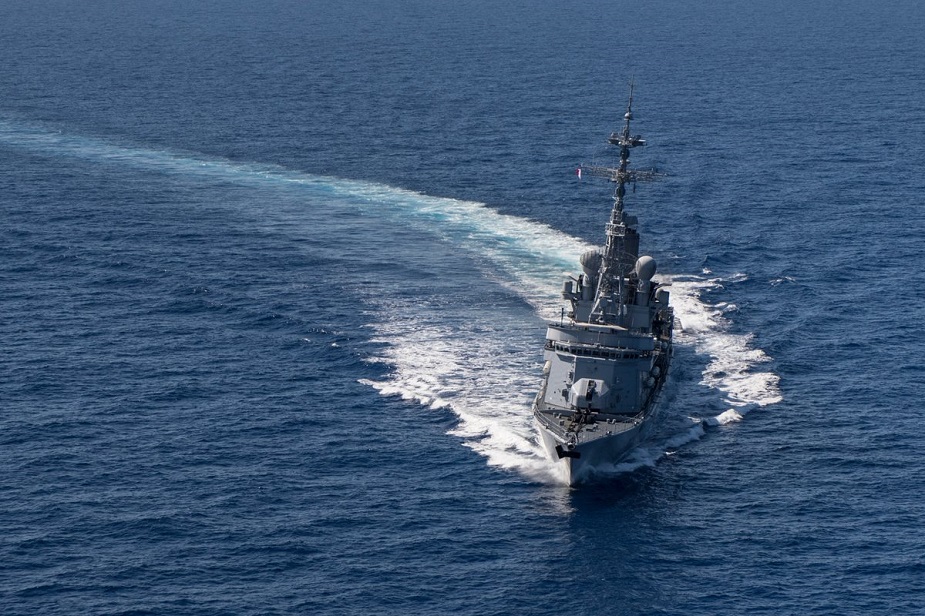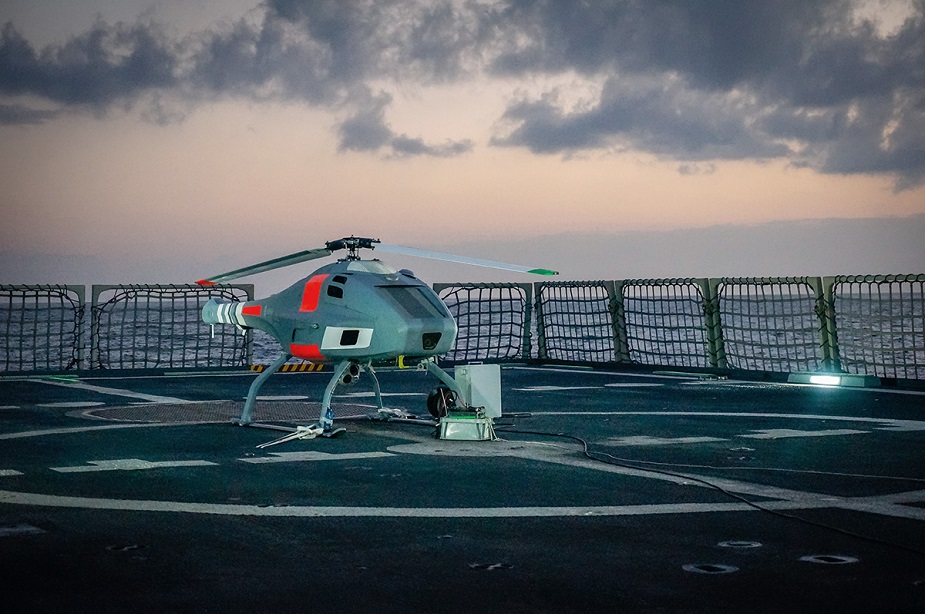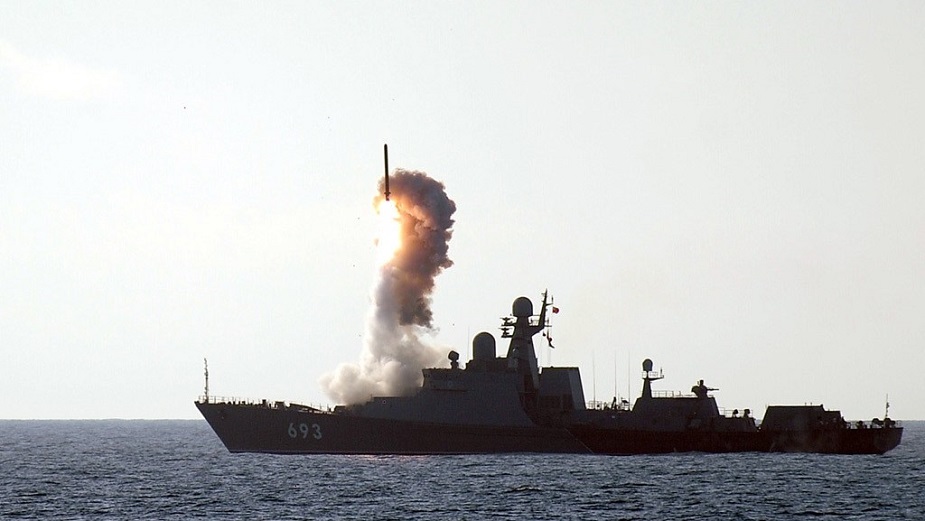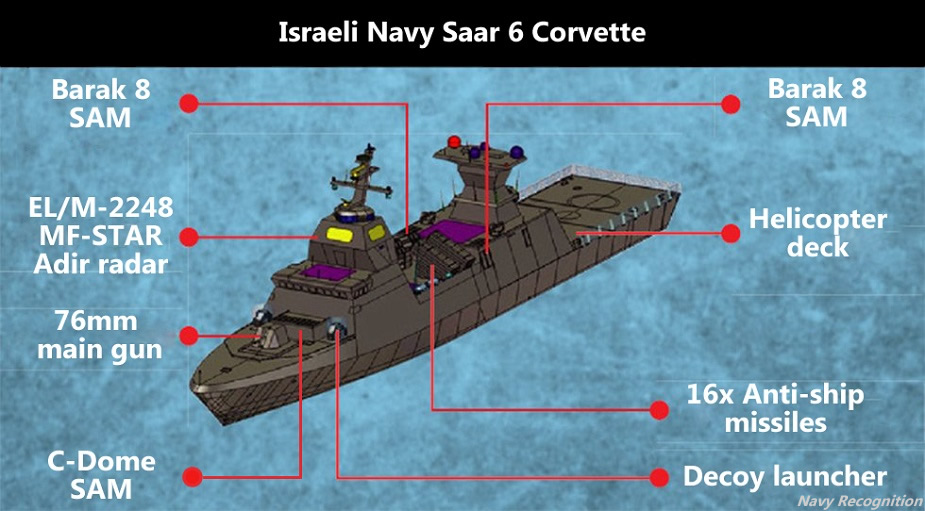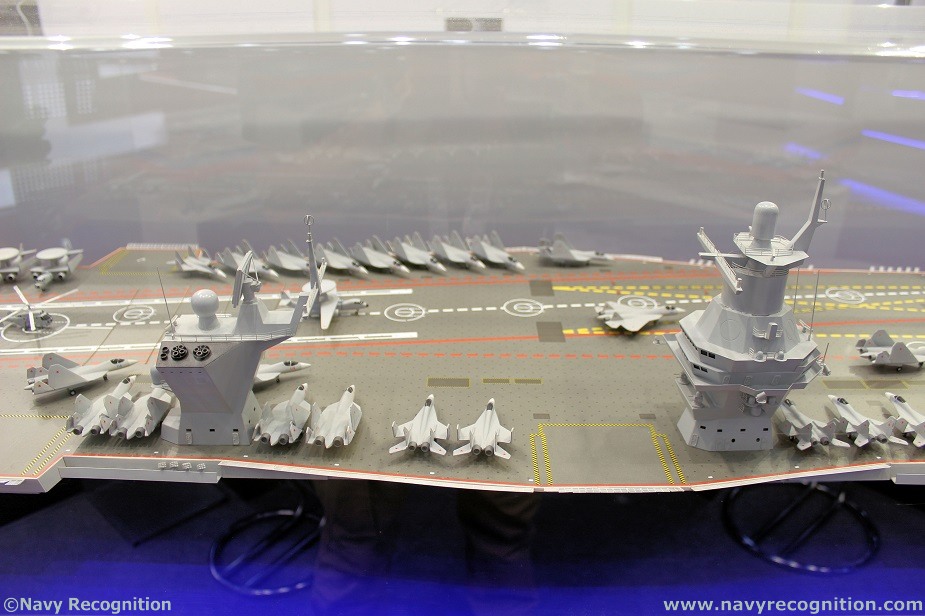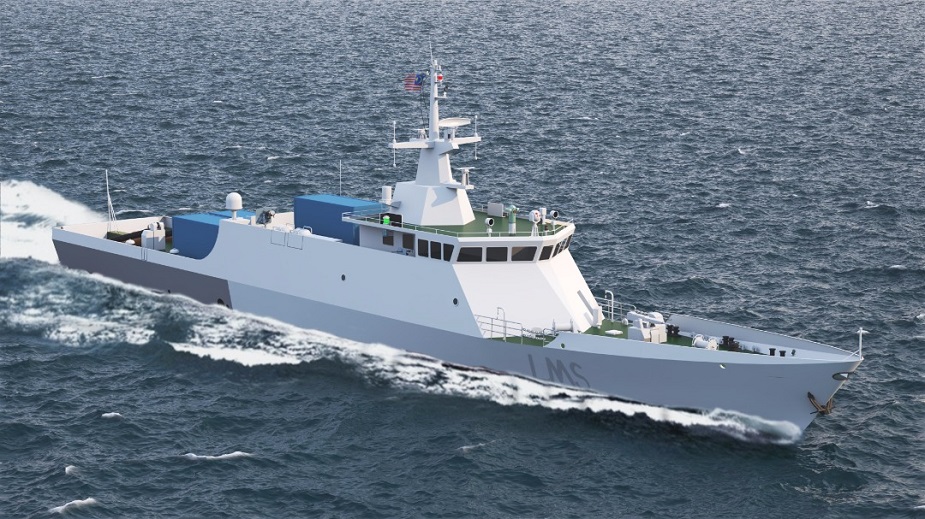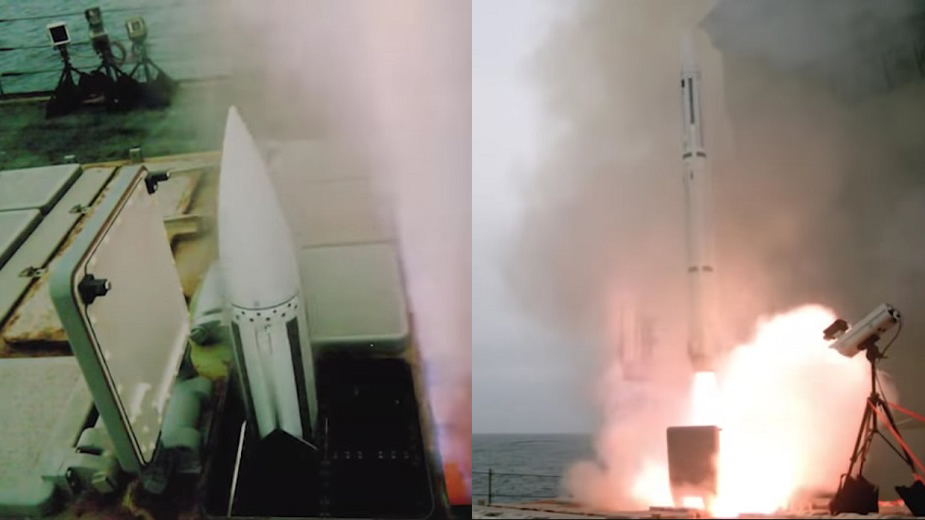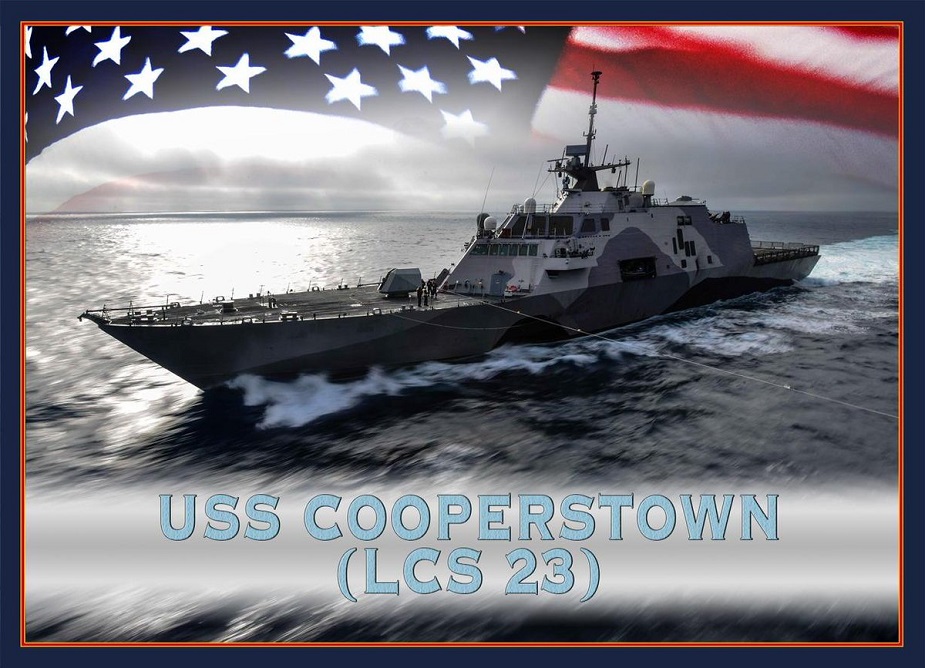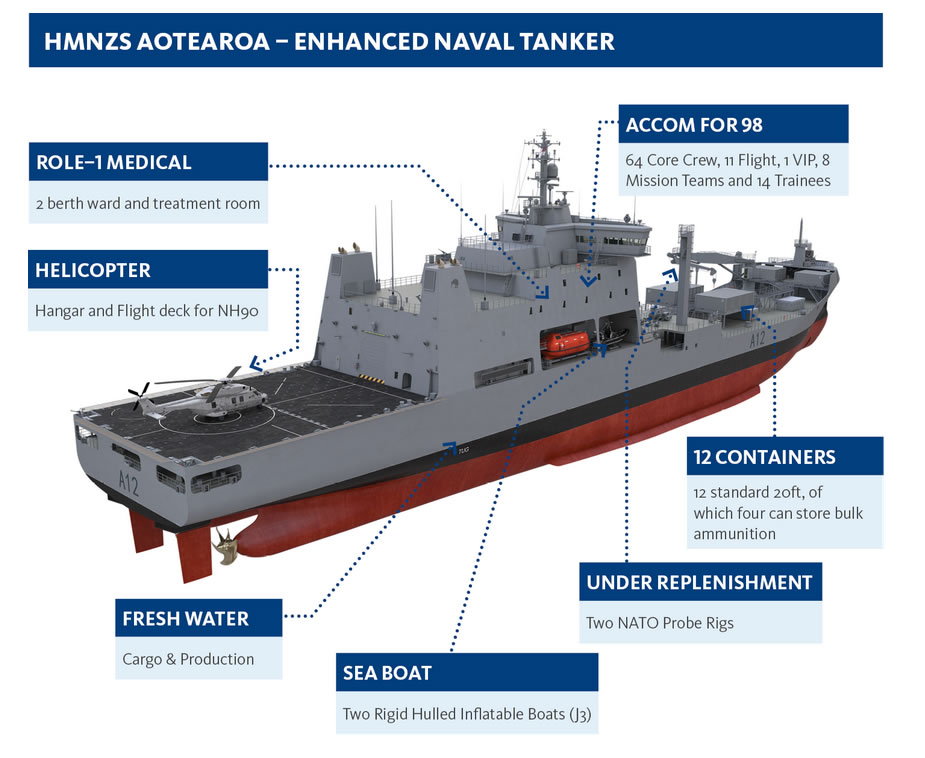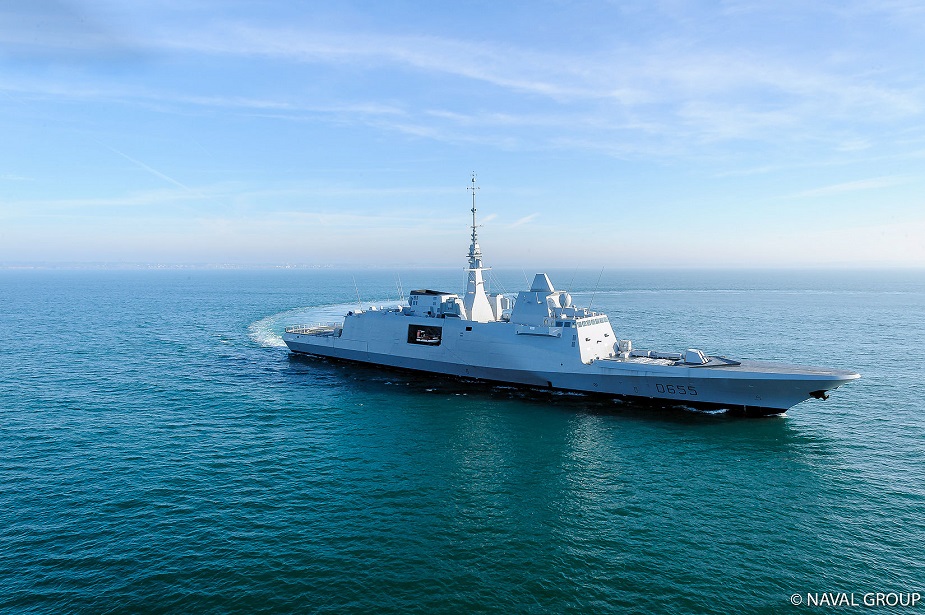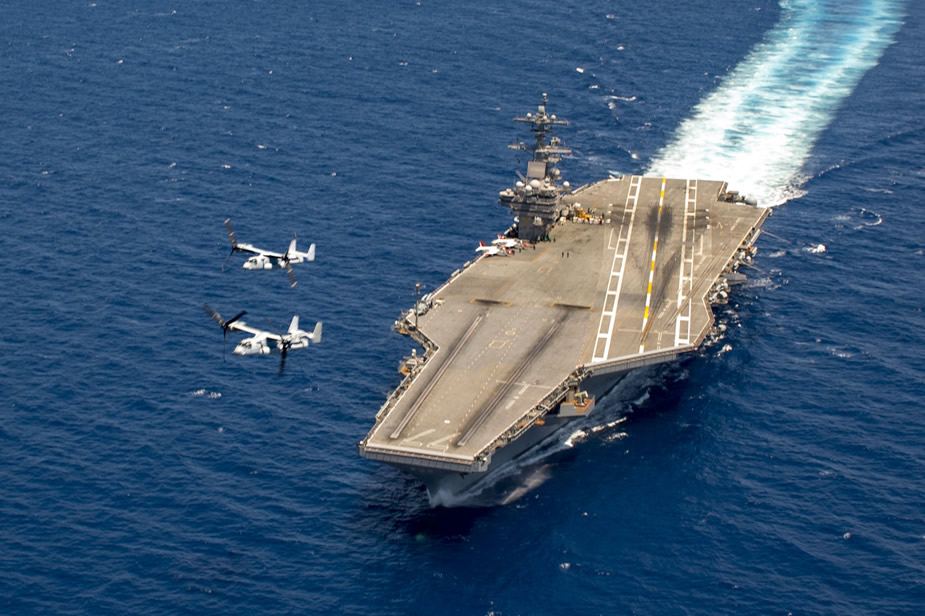- Posted On
Royal Navy aircraft carrier, HMS Queen Elizabeth, has departed her home port of Portsmouth, bound for the USA to land fast jets on deck for the very first time. Eight years since a British aircraft carrier last flew a fast jet from her decks, the 65,000-tonne carrier will embark two F-35B test aircraft, from the Integrated Test Force (ITF), based out of Naval Air Station Patuxent River, Maryland.





